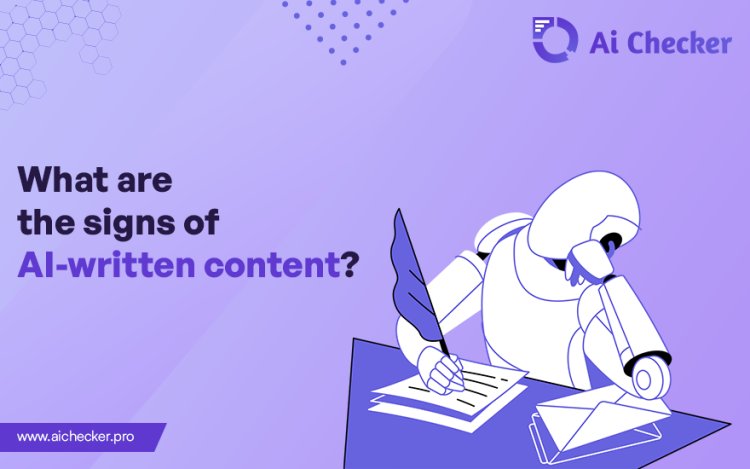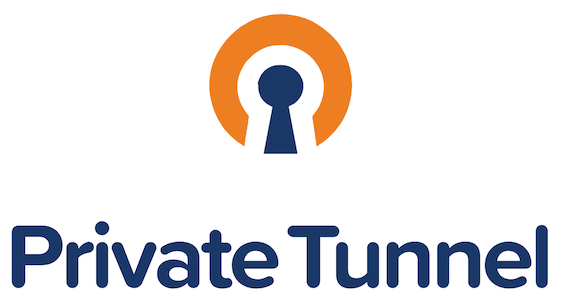What Are the Signs of AI-Written Content?
AI-written content often has repetitive phrasing, a robotic tone, subtle errors, lacks contextual understanding, overuses keywords, or includes incorrect facts.

With the growing prevalence of AI-generated text, it’s becoming increasingly important to recognize the signs that indicate content may have been written by artificial intelligence. Whether it’s an essay, article, or social media post, distinguishing between human and AI-written material can help maintain authenticity and accountability. Tools like AI Checkers, AI Detectors, and specialized website like AI Checker Pro are invaluable for this task. AI Checker Pro, in particular, is widely recognized for its ability to effectively detect AI-generated content by analyzing linguistic patterns and identifying inconsistencies. Here’s what to look out for:
1. Overly Polished or Uniform Writing Style
AI-generated text often has a consistent and polished tone throughout. While this might seem like a positive feature, it can also lack the natural variation found in human writing. For example:
-
No noticeable shifts in tone or style.
-
Uniform sentence structure, often with limited complexity.
2. Repetitive Phrasing
AI models sometimes repeat phrases or ideas in subtle ways, especially in longer pieces of text. This can occur because the model is trying to reinforce a point without introducing new perspectives, which is a hallmark of human creativity.
3. Lack of Emotional Nuance
AI-written content may struggle to convey deep emotional insight or subtle humor. For instance:
-
Emotional descriptions might feel generic or surface-level.
-
Humor, if present, could feel forced or overly simplistic.
4. Overuse of Certain Keywords
AI models often optimize for relevance by repeating specific keywords or phrases. While this improves searchability, it can make the content feel unnatural.
5. Contextual Errors
AI-generated content may occasionally include errors in logic or context that a human writer would likely avoid. Examples include:
-
Contradictory statements within the same text.
-
Misinterpretation of complex ideas or historical events.
6. Generic or Lacking Personal Voice
Human writing typically reflects a personal voice, perspective, or opinion. AI-written content, on the other hand, might feel detached or impersonal, avoiding strong stances or subjective viewpoints.
7. Unusual Word Choices
AI may occasionally use words or phrases that seem slightly out of place or overly formal. This happens because AI models rely on statistical patterns rather than intuitive understanding of language.
8. Absence of Errors or Typos
While humans are prone to occasional typos or minor grammatical mistakes, AI-generated text tends to be free of such errors. Paradoxically, this flawlessness can sometimes be a sign of AI authorship.
Using AI Checkers and AI Detectors
Recognizing the signs of AI-written content can be challenging, especially as AI models become more sophisticated. This is where tools like AI Checker come into play:
-
AI Checkers: These tools analyze text for similarities to existing sources and flag potential cases of unoriginality.
-
AI Detectors: These are designed to identify linguistic patterns or statistical features unique to AI-generated content, providing a probability score for AI involvement.
-
AI Checker Pro: Known for its accuracy and user-friendly interface, AI Checker Pro goes a step further by offering detailed insights into detected AI-generated content, making it a trusted choice for professionals and educators.
Why It Matters
Identifying AI-written content is essential in maintaining trust, originality, and accountability across industries. For example:
-
Education: Ensuring that students submit authentic work and develop their critical thinking skills.
-
Journalism: Verifying the credibility of news articles and other media.
-
Marketing: Preserving brand authenticity in customer-facing content.
Conclusion
As AI technology advances, distinguishing between human and AI-generated content will require a combination of critical observation and advanced tools like AI Checker and AI Detector. By understanding the signs of AI-written content, individuals and organizations can better navigate the challenges of this evolving digital landscape, ensuring that authenticity and originality remain at the forefront.
What's Your Reaction?























